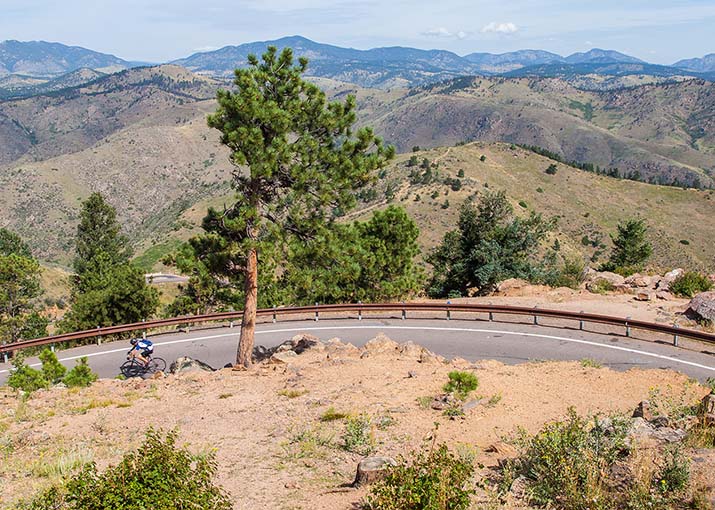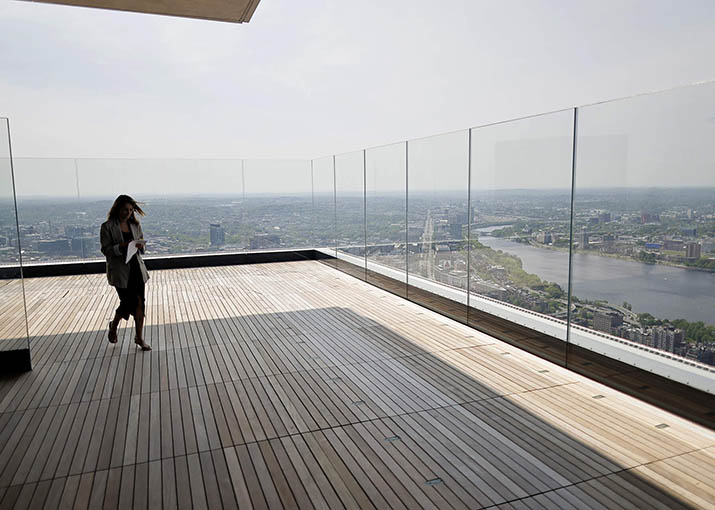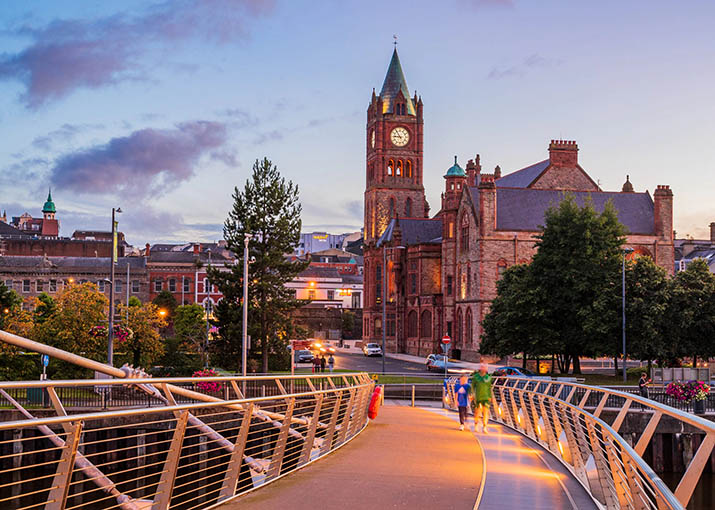Embarking on a mountain retreat to Denver, I found myself enchanted by a city that seamlessly blends urban vibrancy with the awe-inspiring beauty of the Rocky Mountains. I will delve into six distinguished attractions, providing comprehensive insights into the services offered, advantages and disadvantages, precise geographical locations, transportation details from the airport and stations, available discounts, ticket prices, recommendation scores, and my personal impressions of the booking platforms. Join me as I recount my genuine and detailed experiences at each destination.
Red Rocks Amphitheatre: Nature’s Concert Hall
Nestled amidst the foothills of the Rockies, Red Rocks Amphitheatre is a unique venue celebrated for its natural acoustics and stunning surroundings. Services range from world-class concerts to fitness classes and guided tours. The advantage lies in the natural atmosphere, although the high elevation may pose a challenge for some. Located at 39.6536° N, 105.1911° W, it’s a 40-minute drive from Denver International Airport.
Transportation options include rental cars or shuttle services. Early booking discounts are available for events, and general admission to the park is reasonably priced. Booking through the official Red Rocks website provided a seamless experience, offering a variety of events and convenient ticket options.
Denver Art Museum: A Cultural Oasis in the Heart of Downtown
Entering downtown Denver, I found myself captivated by the cultural allure of the Denver Art Museum (DAM). Nestled amidst the urban landscape, DAM promised a journey through global artistic expression, and I was eager to explore the treasures within its walls.
As I stepped into the museum, I was immediately surrounded by a rich tapestry of art spanning continents and centuries. The diversity of the collection was astounding, from ancient artifacts to contemporary masterpieces. Opting for a guided tour, I delved into the stories behind the artwork, gaining a deeper appreciation for the cultural nuances and historical significance.
Interactive exhibits breathed life into the museum experience. Cutting-edge technology allowed me to engage with art in ways I had never imagined, turning a passive visit into an immersive exploration. It was a testament to DAM’s commitment to making art accessible and engaging for all visitors.
Educational programs further enriched my understanding of the various artistic movements and the global influences shaping the collection. The museum wasn’t merely a repository of art; it was a living institution fostering a sense of curiosity and appreciation for the world’s diverse cultures.
However, the vastness of DAM’s layout proved to be a challenge for some visitors. Navigating through the extensive halls and exhibits required time and patience. Despite the overwhelming size, the sense of discovery around each corner made the journey worthwhile.
The coordinates, 39.7376° N, 104.9894° W, pinpointed the location of this cultural gem, easily accessible from the airport with just a 30-minute drive or a convenient ride on the A Line commuter train. As I left the Denver Art Museum, I couldn’t help but reflect on the wealth of artistic expression I had encountered. It was more than a visit to a museum; it was a voyage through time and culture, leaving me with a profound appreciation for the global tapestry of human creativity.
Discounts are available for students and seniors, and admission prices are reasonable. Tickets were booked through a popular online platform, taking advantage of a package deal that included admission to special exhibits. DAM’s official website also provides detailed information on current exhibits and events.
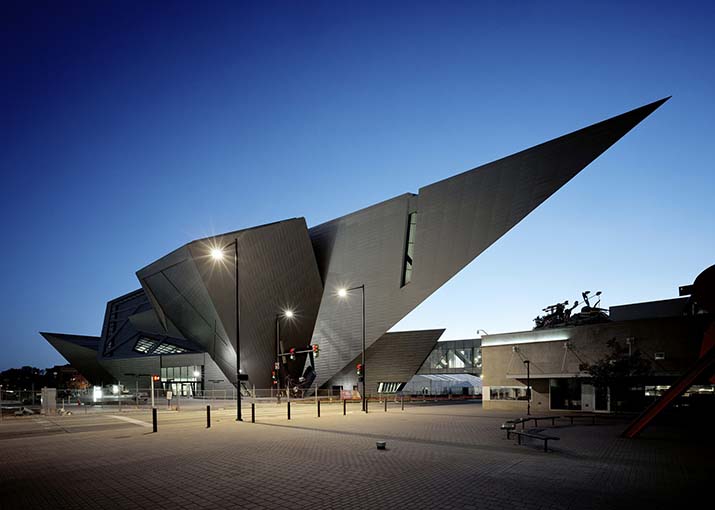
Rocky Mountain National Park: A Nature Lover’s Paradise
A short drive from Denver, the Rocky Mountain National Park beckons with its breathtaking landscapes and diverse wildlife. Services include hiking trails, ranger-led programs, and scenic drives. The advantage is the pristine natural beauty, though the park can get crowded during peak seasons. The main entrance is at 40.3428° N, 105.6836° W, approximately a 1.5-hour drive from the airport.
Transportation options include rental cars or guided tours. Entrance fees vary, with discounts for military members and seniors. Opting for a guided tour through a local agency ensured an insightful commentary and a hassle-free experience. Booking through the agency’s website was straightforward, offering various tour options.
Union Station: Where History Meets Modernity
Denver’s Union Station seamlessly blends historic architecture with modern amenities. Services range from transportation hubs to trendy restaurants and boutique shops. The advantage is the unique blend of old and new, though the bustling atmosphere may be overwhelming for some.
Arriving at Denver’s Union Station, I marveled at the seamless fusion of history and modernity that defined this iconic landmark. The station stood as a testament to the city’s evolution, where historic architecture harmoniously coexisted with contemporary amenities, creating a vibrant hub that pulsated with energy.
Stepping inside, I was immediately enveloped in the station’s dynamic atmosphere. The echoes of footsteps blended with the hum of conversations, creating a symphony of urban life. The expansive space housed not only transportation services but also a kaleidoscope of trendy restaurants, boutique shops, and inviting gathering spots.
Exploring the station felt like a journey through time. The historic details, from the elegant clock tower to the meticulously preserved interior, spoke of an era gone by. Yet, the modern additions seamlessly integrated into the structure added a fresh and dynamic dimension to the experience.
Union Station’s role as a transportation hub was evident, with trains departing and arriving at regular intervals. The efficiency of the transit services, including the A Line commuter train, made it a convenient gateway to and from the airport. The ease of connectivity was a testament to Denver’s commitment to sustainable and accessible urban transportation.
The blend of old and new, while captivating, might be overwhelming for some visitors. The bustling atmosphere, though invigorating, could pose a challenge for those seeking a quieter escape. Yet, for me, it was precisely this vibrancy that made Union Station a living, breathing part of Denver’s heartbeat.
The coordinates, 39.7536° N, 105.0006° W, marked the location of this historic-meets-modern marvel, easily accessible from the airport with a 40-minute drive or a swift ride on the A Line commuter train. As I left Union Station, I couldn’t help but appreciate the city’s commitment to preserving its history while embracing the pulse of contemporary life—a convergence that made this landmark not just a transit hub but a living story of Denver’s past and present.
Transportation options include commuter trains, buses, and ride-sharing services. The vibrant atmosphere of the station is free to experience, and dining prices vary. I recommend exploring the station independently and trying local cuisine. No reservations are needed for the public areas, allowing for a spontaneous and enjoyable visit.
Buffalo Bill Museum and Grave: A Glimpse into the Wild West
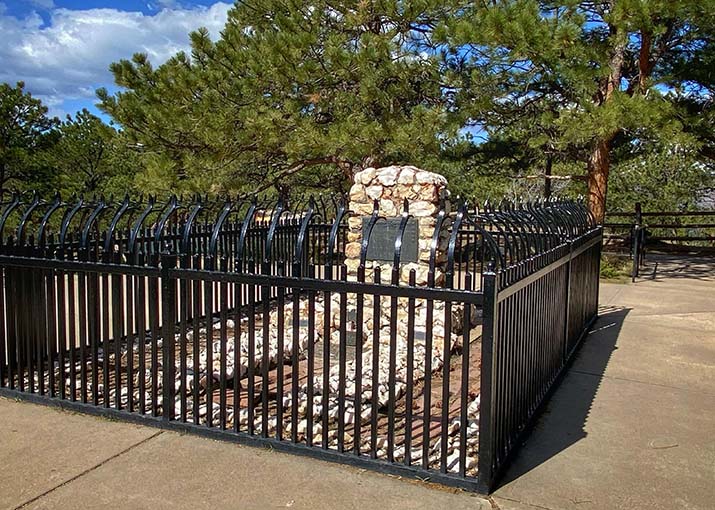
Perched atop Lookout Mountain, the Buffalo Bill Museum and Grave offer insights into the life of the legendary Wild West showman. Services include guided tours, interactive exhibits, and breathtaking views. The advantage is the historical significance, though the winding mountain road may pose a challenge for some visitors. The museum is at 39.7333° N, 105.2386° W, about a 30-minute drive from the airport.
Transportation options include rental cars or guided tours. Admission prices are reasonable, with discounts for children and seniors. Opting for a self-guided tour allowed exploration at my own pace. Tickets were easily purchased through the museum’s official website, providing a seamless and informative experience.
Chautauqua Park: Tranquility at the Base of the Flatirons
A serene escape at the base of the Flatirons, Chautauqua Park offers hiking trails, cultural events, and stunning views. Services include ranger-led programs, a dining hall, and seasonal concerts. The advantage is the natural beauty and tranquility, though parking can be limited during peak times.
Arriving at the base of the Flatirons, Chautauqua Park welcomed me with an aura of tranquility that seemed to transcend the hustle of the outside world. The park, cradled by nature’s beauty, offered a serene escape that promised both relaxation and adventure.
Embarking on one of the hiking trails, the crisp mountain air invigorated my senses as I ascended the trails winding through the picturesque landscape. The views were nothing short of breathtaking, with the towering Flatirons standing as silent sentinels against the vast Colorado sky. Each step felt like a journey into the heart of nature’s grandeur.
Chautauqua Park wasn’t just a haven for outdoor enthusiasts; it was a cultural hub. Ranger-led programs unfolded the stories of the region’s flora and fauna, adding a layer of understanding to the natural wonders that surrounded me. The dining hall, with its rustic charm, provided a delightful space to refuel and savor a meal amidst the mountainous backdrop.
As I explored the park, I discovered that Chautauqua wasn’t just a daytime retreat. The park came alive with seasonal concerts, creating a harmonious blend of music and nature. The sun setting behind the Flatirons painted the sky in hues of orange and pink, casting a magical spell over the landscape.
However, the popularity of Chautauqua Park meant that parking could be limited during peak times. The challenge of finding a spot was a small price to pay for the privilege of experiencing this natural sanctuary. It was a testament to the park’s allure and the desire of many to bask in its serene embrace.
The coordinates, 39.9983° N, 105.2823° W, marked the gateway to this mountain retreat, approximately a 30-minute drive from the airport. Leaving Chautauqua Park, I carried with me a sense of rejuvenation and a profound connection to the natural wonders that graced the base of the Flatirons—a place where the rhythm of life harmonized with the melody of nature.
Transportation options include rental cars or ride-sharing services. Parking fees are nominal, and most park activities are free. I recommend exploring the hiking trails for panoramic views of Boulder and the surrounding mountains. Reservations for the dining hall can be made online, enhancing the overall experience.
My journey through Denver was a harmonious blend of cultural enrichment, natural exploration, and historical discovery. Each destination offered a unique perspective, and while some drawbacks existed, the overall experience was profoundly rewarding. Booking through official websites and reputable travel platforms ensured a seamless adventure, with discounts enhancing the affordability of this unforgettable trip. Denver, with its diverse offerings and stunning landscapes, has carved a special place in my travel memories.
